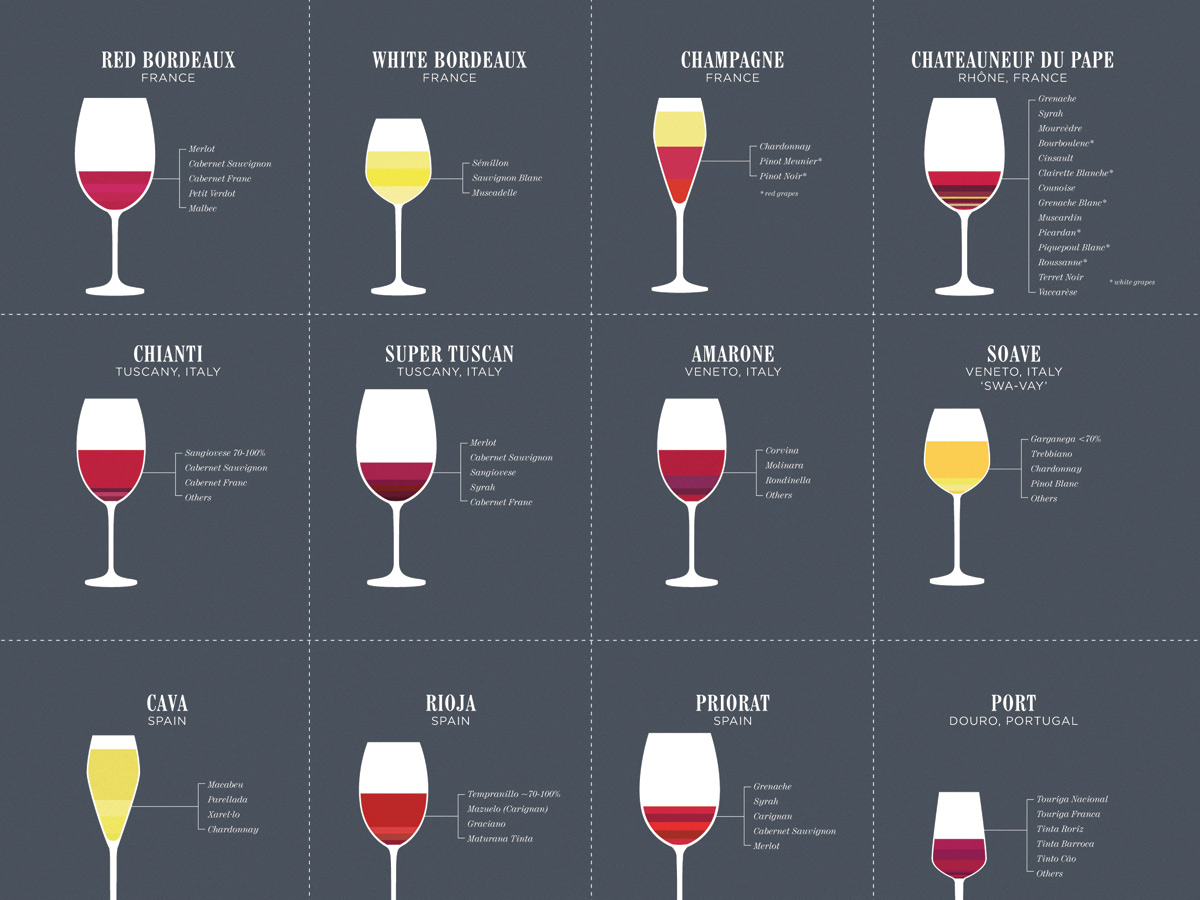

As medicinal wine it was often sold in farmacies in the older times.Ī big keg filled with hand-picked noble rotten berries. It is said that the Essencia has medical benefits. The Essencia is also added to Aszú wines for refining them. One hod (puttony) containing 25 kilograms of dry berries produces only between 1 and 1.5 liters of Essencia, making it rare and expensive. It's something that every wine aficionado dreams of tasting at least once, and to do so is likely to be a life-enhancing and never-forgotten experience.īefore 1997, the wine law required a residual sugar content of only 250 g/l for Essencia, which is why Essencia with less then 450 g/l can be found from vintages before 1997.

Because of its enormous sugar content (balanced always though by tremendous acidity), often syrup-like texture and extremely low alcohol levels, Essencia is not really a wine in the conventional sense, but rather a unique elixir, the quintessence of the grape, with an almost supernatural concentration of taste and aroma. The Essencia’s residual sugar content is at least 450 g/l, yet record-breaking 900 g/l and more have already been measured. Its fermentation process is incredibly slow, yielding an alcohol content of 5 to 8 % only after a couple of years. This is the juice the Essencia is made from. Then, due solely to the berries’ own weight, some highly concentrated juice of noble quality will have accumulated on the bottom of the keg. Hand-selected noble rotten berries, which are later needed for the Aszú preparation, are gathered into a keg and kept in it for a couple of days before the Aszú dough is going to be prepared. Tokaji Essencia is the most valuable and rarest type among the Tokaj wines. Much has not changed: Grape harvest in Tokaj-Hegyalja around 1900 The vintage 2009 will be the last one which will bring Aszú Eszencia on the market. However, since wine consumers still confuse Aszú Eszencia with Essencia, the Hungarian authorities decided to dispose this denomination. Aszú Eszencia was introduced as an official quality level during the communist era in the 1970s, as a transition between Aszú and Essencia. An Aszú Eszencia with a residual sugar content of 300 g/l (which can rarely be found) would equate with a 10 puttonyos Aszú. The Aszú Eszencia has more than 180 g/l of residual sugar content, so it can be seen as a 7 or 8 puttonyos Aszú. It is much higher than the 6 puttonyos Aszú. The quality level is not indicated anymore by the number of puttonyos. The making of Aszú Eszencia is the same as that for the Aszú. There was a wine from the „comet vintage“ 1811 that was marketed as Aszú-Eszencia. The term Aszú Eszencia is known since the early 19th century. Grape bunch, partially affected by botrytis cinerea The Aszú´s decent, stable acidity characterizes this dessert wine, which is one of the slowest maturating and most long-living wines in the world. The winemaker decides, if the quality of harvest allows Aszú production or not. After several months of fermentation, the Aszú matures for 3 to 8 years - traditionally through oxidative ageing with air contact. Before 1945, also 2 puttonyos Aszú was marketed. A 3 puttonyos Aszú needs to contain at least 60 g/l of residual sugar 90 g/l are required for the 4 puttonyos, 120 g/l for the 5 puttonyos and 150 g/l for the 6 puttonyos. Consequently, the proportion between aszú berries and dry base wine is about 1:1 for a 6 puttonyos Aszú. Taste and quality of the Aszú mainly depend on the number of hods (puttonyos) filled with dry berries (25 kilograms each), which are added to a cask (Gönc type, 136 liters) of dry base wine. After selecting, those dry berries are processed to an Aszú dough. The basis of this wine are hand-picked, dried and noble rotten berries.

The Tokaj Aszú is the typical noble sweet wine from Tokaj-Hegyalja. The denomination of Szamorodni has its seeds in Polish language, meaning „as grown.“ Dry Szamorodni can be best compared with a dry version of Sherry, or a Vin Jaune, which makes him an excellent aperitif wine.Ī traditional Hungarian hod for gathering grapes A sweet Szamorodni contains at least 30 grams of residual sugar per liter. Depending on their proportion, the resulting wine will be either a dry or a sweet Szamorodni. So, this wine is made from intire grape bunches which are partially affected by botrytis cinerea. However, a certain quantity of Aszú berries is obligatory for the Szamorodni. In that case, berries are processed as they were harvested, without any selection. In years that produce only few noble rotten berries, selecting those berries manually would not be economical.


 0 kommentar(er)
0 kommentar(er)
